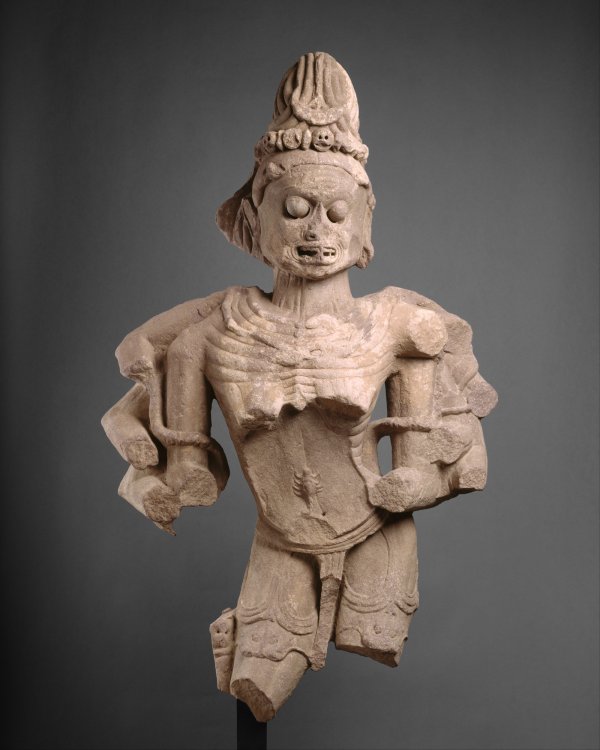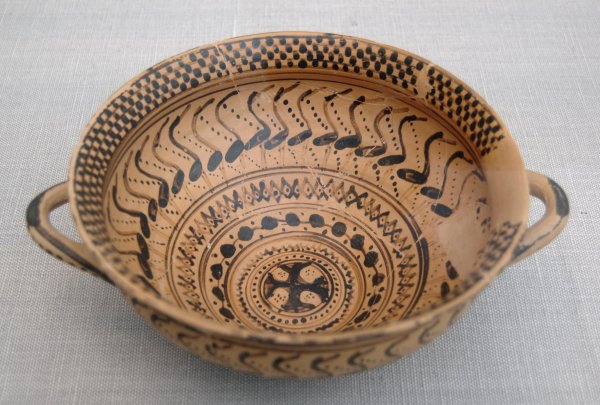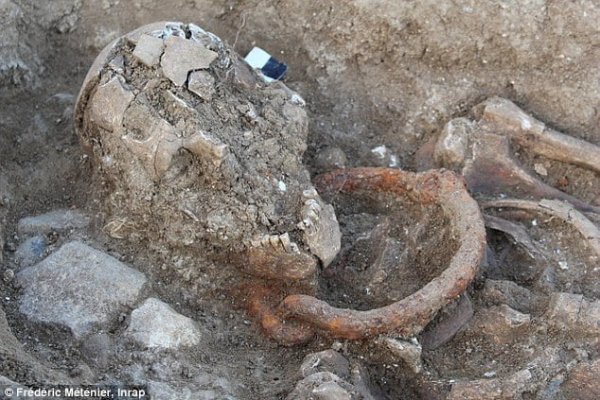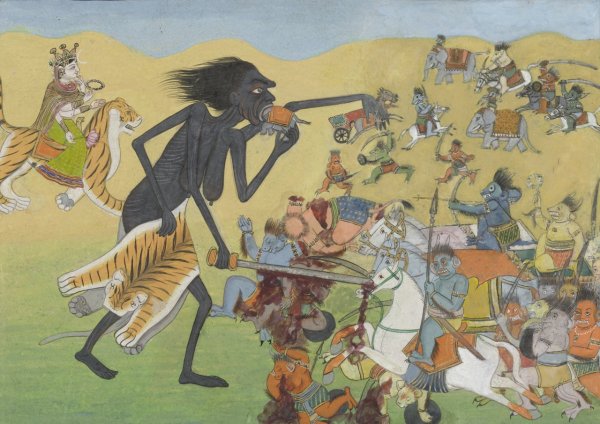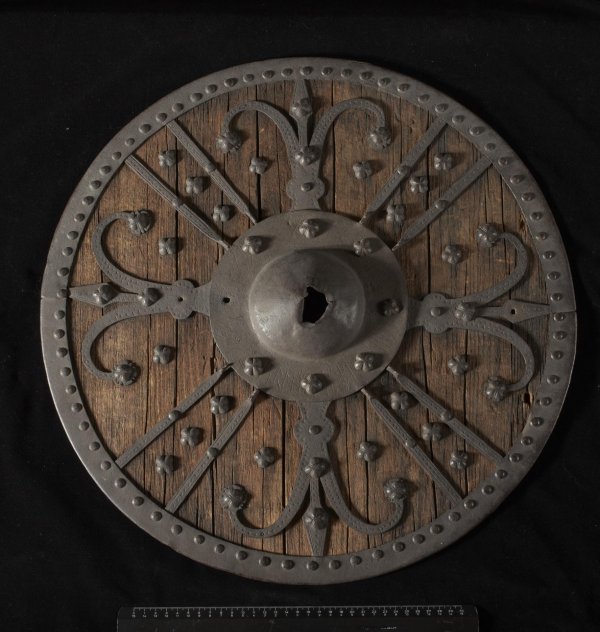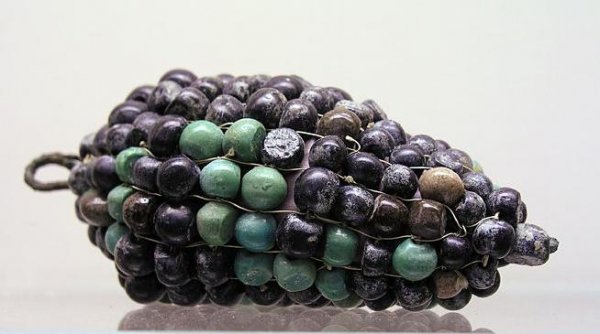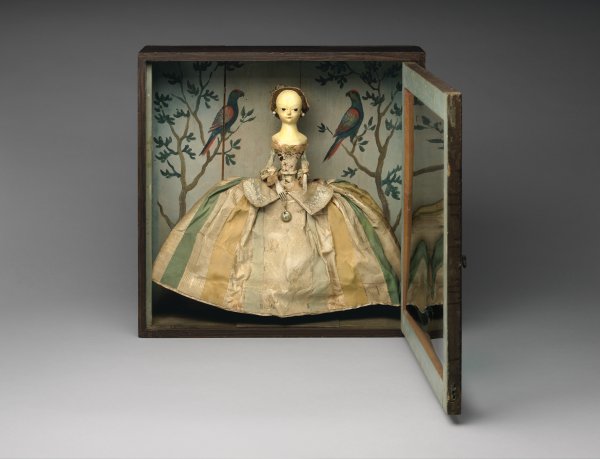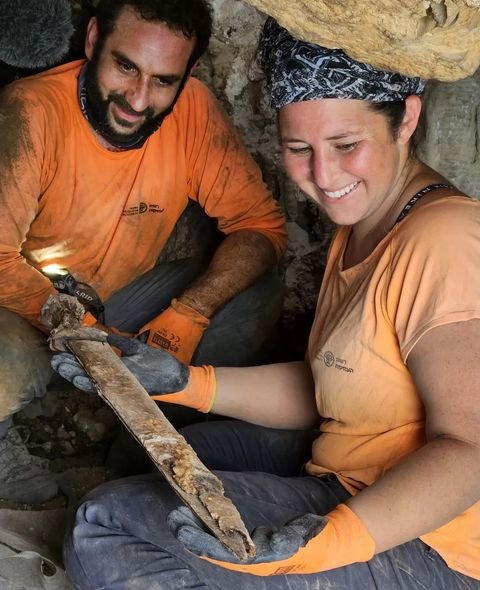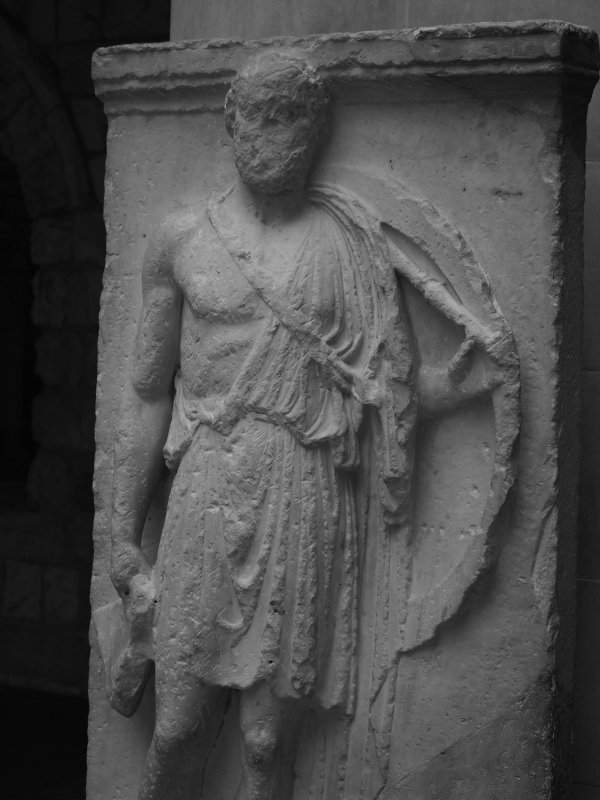The Heraclean Tablets are bronze tablets with Latin/Greek inscriptions, found at Heraclea in Italy. The Latin inscription from 45 BC, is about the municipal regulations of Heraclea while the 3rd century BC Greek inscription defines the boundaries of lands belonging to various temples [3372x5764]
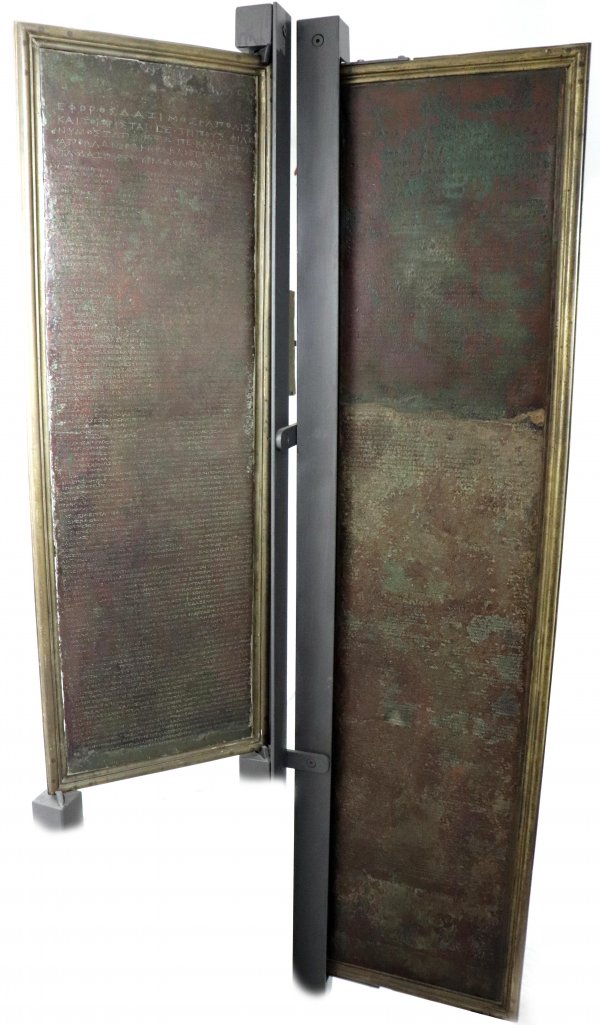
Like
Comment
Share
Floor mosaic fragment with beribboned parrots. Stone with lime mortar. From Daphne near ancient Antioch, late Roman/early Byzantine Syria, 5th c AD. The parrot wearing the pativ or "Persian ribbon" symbolized Zoroastrianism and Persia's Sasanian dynasty. Baltimore Museum of Art [1080x364]
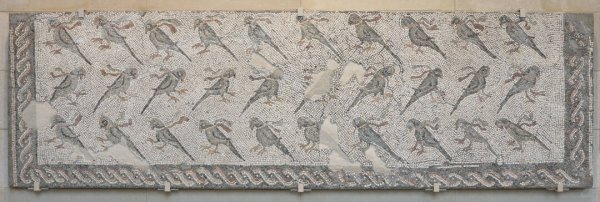
Like
Comment
Share

